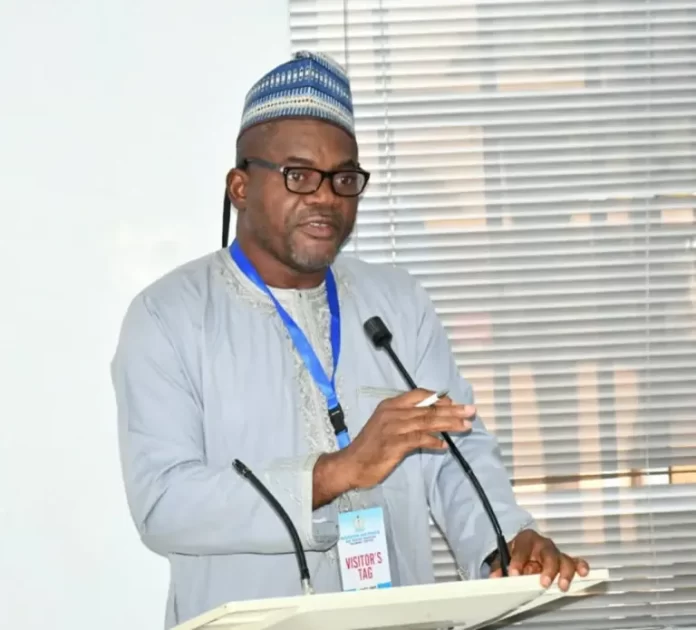The Nigerian Air Traffic Controllers Association (NATCA) has raised alarm over the critical shortage of Air Traffic Controllers (ATCOs) in the country, warning that excessive workloads and poor remuneration are compromising airspace safety and efficiency.
NATCA President, Mr. Amos Edino, speaking at Murtala Muhammed International Airport, Lagos, highlighted the growing strain on controllers due to manpower constraints. He revealed that many ATCOs are forced to work beyond the standard two-hour shift, with some enduring continuous four-to-five-hour sessions, increasing fatigue and stress levels.
Edino also expressed concern over the rapid establishment of new airports by state governments without corresponding staffing plans, further worsening the ATCO shortage. He emphasized that the Nigerian College of Aviation Technology (NCAT), Zaria, lacks the capacity to train the required number of controllers. While the government recently recruited over 200 cadets, he criticized the selection process for failing to properly assess qualification requirements. To bridge the gap, the Nigerian Airspace Management Agency (NAMA) has sought support from the Nigerian Air Force ATS Training School in Kaduna.
Beyond staffing challenges, Edino decried the poor remuneration of Nigerian ATCOs, noting that they remain the least paid in Africa despite their critical role in ensuring air traffic safety. He urged the government to revise their salary structure to align with international best practices and improve motivation.
He also criticized the practice of rehiring retired ATCOs on contract, advocating instead for extending the retirement age from 60 to 65 years. This, he argued, would enable knowledge transfer, mentorship, and continuity, similar to policies in the healthcare and education sectors. He further called for improved retirement benefits to discourage post-retirement contract engagements.
Health concerns were another pressing issue, with Edino noting that prolonged exposure to radiation in radar facilities has been linked to cancer cases among ATCOs. He urged the government to implement a comprehensive healthcare package to address these occupational risks.
On infrastructure, he lamented the deteriorating conditions in many control towers, where non-functional elevators force controllers, including pregnant women, to climb over 250 steps daily. He cited reports of miscarriages linked to these strenuous conditions and called for urgent upgrades. He also highlighted outdated Air Traffic Management (ATM) systems, particularly the Total Radar Coverage of Nigeria (TRACON), which has surpassed its intended 10-year lifespan and is now nearly 20 years old, reducing its reliability and efficiency.
NATCA stressed the urgent need to modernize Nigeria’s air traffic communication systems and enhance coordination with adjacent Flight Information Regions (FIRs) and other ATC units to improve safety.
Despite these challenges, NATCA acknowledged the ongoing efforts of NAMA under the leadership of Managing Director Engr. Ahmed Umar Farouk. Edino commended the administration’s commitment to addressing these long-standing issues and expressed NATCA’s readiness to collaborate in achieving a safer and more efficient air traffic management system.
“This is a defining moment for the agency. If NAMA successfully resolves these persistent challenges, it will leave a lasting legacy, ensuring that Nigeria’s ATC system ranks among the best globally,” Edino concluded.













